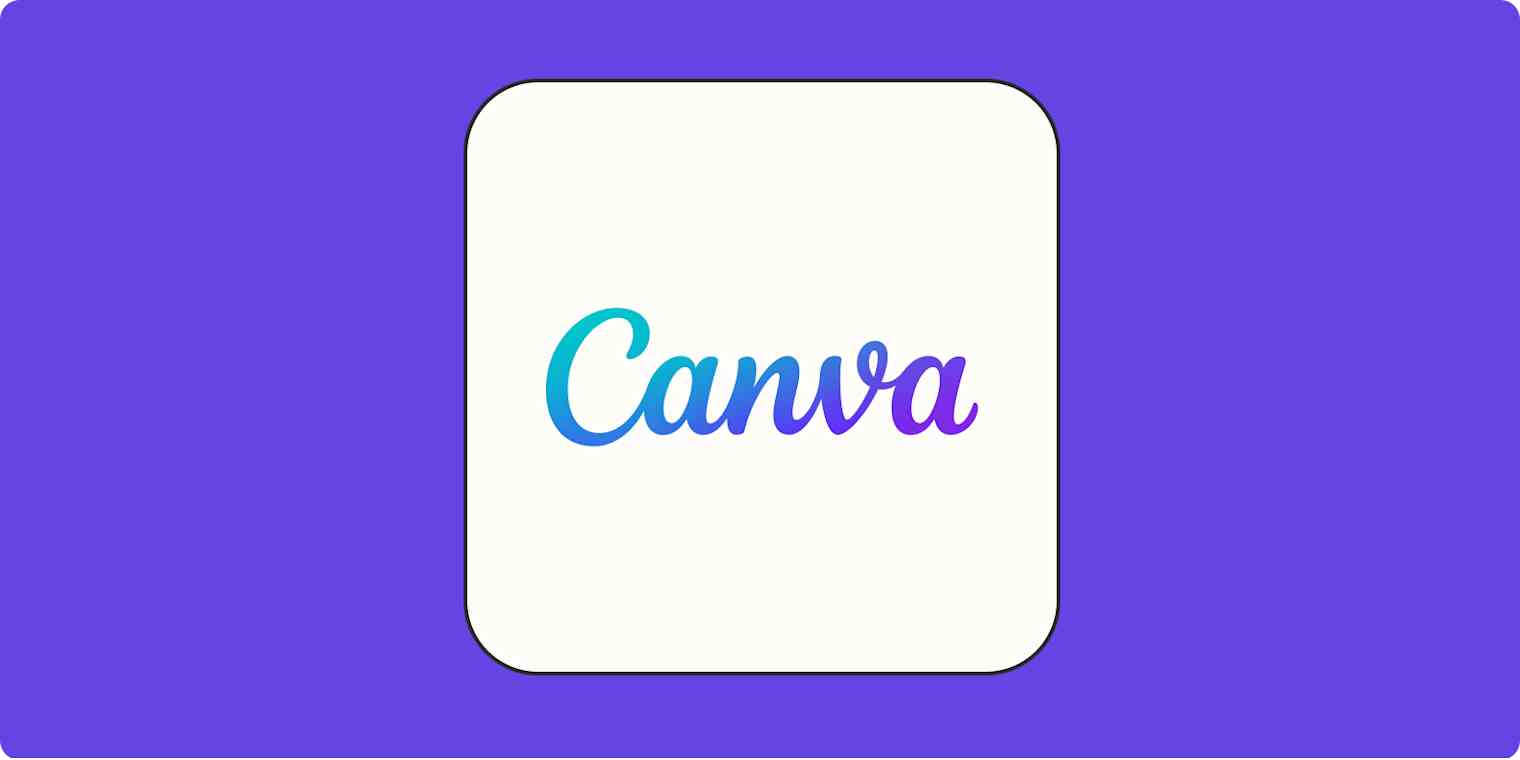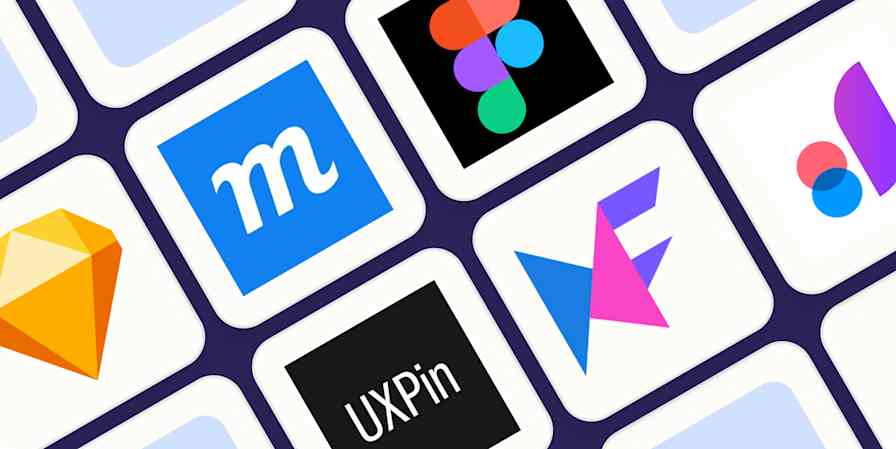App tips
16 min readCanva AI: How to use Canva AI tools to enhance your designs
Create, edit, and improve your design workflow with these Canva AI tools.
By Ryan Kane · June 5, 2024

Get productivity tips delivered straight to your inbox
We’ll email you 1-3 times per week—and never share your information.
Related articles
Improve your productivity automatically. Use Zapier to get your apps working together.








